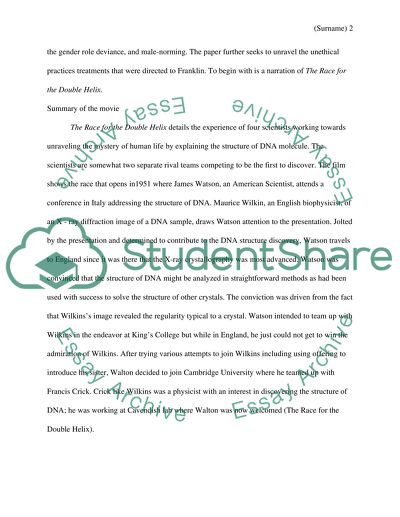Cite this document
(“The problems Rosalind Franklin faced in the 1950's as a Essay”, n.d.)
Retrieved de https://studentshare.org/sociology/1495124-the-problems-rosalind-franklin-faced-in-the
Retrieved de https://studentshare.org/sociology/1495124-the-problems-rosalind-franklin-faced-in-the
(The Problems Rosalind Franklin Faced in the 1950'S As a Essay)
https://studentshare.org/sociology/1495124-the-problems-rosalind-franklin-faced-in-the.
https://studentshare.org/sociology/1495124-the-problems-rosalind-franklin-faced-in-the.
“The Problems Rosalind Franklin Faced in the 1950'S As a Essay”, n.d. https://studentshare.org/sociology/1495124-the-problems-rosalind-franklin-faced-in-the.


